Hate it when you’re portable charger chargers at 2 watts per hour? Well don’t worry, I’m here to break down the fast charging technologies in 2024.
If you’re tired of carrying around a clunky power bank that barely charges your phone halfway. Or maybe you’re simply curious about what makes some chargers so much faster than others, either way keep reading.
From GaN to Samsung’s adaptive fast charging, I’m going to go over everything you need to know in 2024.
Quick Summary:
- USB-C is the best and most widely used cable for portable chargers, mainly because of it’s high speeds.
- The different fast charging technologies are: USB-PD, Qualcomm Quick Charger, Samsung’s Adaptive Fast Charging and OnePlus VOOC and DASH Charging.
- GaN chargers are the future of charging, being way faster then traditional silicon chargers.
Table of Contents:
What’s the Deal with Portable Chargers Anyway?
Before we dive into all the different fast charging technologies, let’s consider why you even need a portable charger.
Imagine you’re out at a concert, in the middle of a hike, or running errands, and suddenly, your phone hits that dreaded 10% mark. Or you’re just chilling on your phone and your battery is draining faster than you can blink.

That’s exactly when portable chargers are your best friend. As someone who uses them all the time, I’m telling you I couldn’t do without them.
However, not all chargers are the same. Some charge faster, some are bigger, and some have cool extra features like wireless charging. If you’ve ever wondered why some chargers seem to top up your phone super quickly while others drag their feet, it’s all about the technology inside. So let’s break it down.
USB-A, USB-C, and Everything In Between: What’s the Difference?
To put it simply: USB-A is the older, slower standard, while USB-C offers faster charging and more power delivery. USB-C is now the preferred option among techy people like me. Mainly due to its compatibility with modern devices and ability to handle higher wattage for quicker, more efficient charging.

So let’s get into everything you need to know about these two and the confusing Volts, Watts and Amps.
USB-A – The Old Reliable (But Not for Long)
USB-A has been around for ages. You’ve probably seen this port on your old charger cables or laptops. It’s the big, rectangular one that fits into your device. However, let’s face it: USB-A is on its way out.

Sure, it’s reliable and works for a lot of devices, but it doesn’t charge as fast as the newer options. Ever wanted to plug in your USB-A cable to your laptop or charger and it didn’t fit? Then you tried again only to realize that you might have been right the first time and now have damaged the insides of your laptop. Yeah, I know what that feels like.
USB-C – The New Standard for Speed
USB-C is where the magic happens. It’s the new standard for fast charging, and it’s pretty much replacing USB-A across the board. Unlike USB-A, USB-C is reversible (no more fumbling with cables trying to figure out which side goes in), and it’s capable of delivering a lot more power – up to 100W! That’s right, USB-C can charge your phone, tablet, laptop, and even some gaming devices at lightning speeds. Plus, it works with tons of devices, so you don’t need a different cable for every gadget.
Here’s everything that I love about USB-C:
- Reversible Design: Plug it in any way you like—no more fiddling to find the correct side.
- Fast Charging: Delivers up to 100W of power, making it ideal for phones, laptops, and even some gaming devices.
- Universal Compatibility: Works with a wide range of gadgets, reducing the need for multiple cables.
- High-Speed Data Transfer: Supports much faster data rates compared to USB-A, perfect for large file transfers.
- Compact and Sleek: Its small design fits seamlessly into modern devices without taking up too much space.
To put it simply: If you’re buying a new charger today, USB-C should be at the top of your list.
Voltage, Amperage, Wattage – Wait, What?
Alright, before we dive into the really cool stuff (like GaN and Qualcomm Quick Charge), let’s quickly go over a few basic terms. You’ve probably seen numbers like 5V, 2A, or 30W on charging specs, but what do they actually mean?
Well here’s everything you need to know:
- Voltage (V) is the force that pushes electricity through the wire. Think of it as the pressure that drives the flow of electricity.
- Amperage (A) is how much current flows through the wire. It’s essentially the volume of electricity being pushed.
- Wattage (W.) is the total power delivered. It’s a combination of voltage and amperage (W = V x A).
Basically, more wattage means faster charging, but your device needs to be able to handle it. A charger that can deliver 30W won’t magically charge your phone faster if your phone only supports 10W.
Charging Speeds – What’s Fast Charging All About?
Here’s where it gets fun. You’ve probably heard the term “fast charging” thrown around, but not all fast chargers are the same. Some charge your device in minutes, while others can take hours. Let’s take a look at the most common fast-charging standards.
1. USB Power Delivery (USB-PD)
If you’re looking for a charger that can seriously pump out power, look for USB Power Delivery (USB-PD). This charging standard is all about speed. It can deliver up to 100W of power! This means it’s not just good for phones – it’s also perfect for charging laptops and other power-hungry devices.

USB-PD uses a smart negotiation process, meaning your charger and device communicate to find the optimal voltage and current. Which makes sure you get the fastest, safest charge possible.
Some of the newer iPhones, Android phones, and even laptops now support USB-PD, and it’s one of the best options for fast charging.
2. Qualcomm Quick Charge – The OG Fast Charging Technology
Next up is Qualcomm Quick Charge. This was one of the first technologies to really speed up phone charging, and it’s still going strong today. Quick Charge comes in several versions, with Quick Charge 5.0 being the latest & fastest, supporting up to 100W of power.
What sets Qualcomm Quick Charge apart is its ability to charge your device to around 50% in just 15 minutes. That’s impressive, right? If you’re always on the go and need a quick top-up, Quick Charge can be a game-changer. However, you’re phone must be able to support that kind of power. Not all phones will charge to 50% in 15 minutes with this.
3. Samsung’s Adaptive Fast Charging
Samsung has its own fast-charging standard, called Adaptive Fast Charging. It uses a similar approach to Qualcomm Quick Charge, offering 15W charging speeds for a quick power-up.
To make it simple, here’s a pros and cons table:
| Pros✔️ | Cons❌ |
|---|---|
| Faster charging speed – Charges devices significantly quicker than standard charging. | Requires compatible charger – Not all Samsung chargers or cables support Adaptive Fast Charging. |
| Improved convenience – Less time waiting for devices to charge, especially when in a hurry. | Battery wear – Frequent use of fast charging may cause more wear on the battery over time. |
| Supports a wide range of devices – Compatible with many Samsung devices and some other smartphones. | Heat generation – Fast charging can cause the device to heat up, which might affect long-term battery health. |
It’s great for Samsung Galaxy devices and other compatible gadgets. The advantage of Samsung’s system is that it adjusts the charging power based on your device’s needs. Making it super efficient without overloading your battery.
4. OnePlus VOOC and DASH Charging
If you’ve ever used a OnePlus phone, you know their VOOC (Voltage Open Loop Multi-step Constant Current Charging) and DASH charging technologies are seriously fast.
VOOC can charge a device 50% in just 15 minutes! While DASH takes it even further with super-speed charging that can fill up a phone in around 30 minutes.
OnePlus has been a pioneer in fast charging, and their charging tech is still some of the fastest on the market today.
Gallium Nitride (GaN) – The Game-Changer in Charger Design
GaN (Gallium Nitride) technology allows chargers to be faster, smaller, and more efficient than traditional silicon-based ones. It enables powerful, compact chargers that deliver high wattage while managing heat. Which makes them ideal for fast, portable charging.

So here’s everything you need to know about this new charging technology:
Why GaN Chargers Are the Future
GaN chargers are faster and more compact than traditional silicon-based chargers. Thanks to GaN, portable chargers are getting smaller without sacrificing power.
You can now find powerful chargers that are the size of your average phone charger but can juice up multiple devices at once. Some GaN chargers can deliver up to 100W of power while being small enough to fit in your pocket. GaN technology also helps with heat management, so your charger can stay extra cool.
Here’s everything I like about GaN chargers:
- Compact Design: GaN chargers are smaller and lighter than traditional chargers, making them super portable.
- Fast Charging: They deliver faster charging speeds, perfect for phones, laptops, and other devices.
- Energy Efficiency: GaN technology uses energy more efficiently, reducing heat and saving power.
- Durability: These chargers tend to be more reliable and long-lasting compared to older models.
- Versatility: Many GaN chargers come with multiple ports, so you can charge several devices at once.
Brands like Anker and Aukey are already using GaN in their chargers today. So I’m expecting to see more and more GaN-powered chargers in the future.
Wireless Charging – No Cables, No Problem
While it’s not as fast as wired charging, it’s still super convenient. With Qi wireless charging, you can simply place your phone on a charging pad, and boom – it starts charging. Some newer power banks even have wireless charging built in, so you can charge your devices without needing a cable.

The only downside is that it isn’t as fast as wired charging. However, with the rise of MagSafe and other optimized wireless charging technologies, the speeds are improving. Still, if you’re in a rush, you’ll want to stick to a wired charger for the fastest results.
Smart Features in Portable Chargers
The world of portable chargers is getting smarter. Many of today’s power banks come with extra features like:
- Pass-through charging, which lets you charge your device while your power bank is being charged simultaneously.
- LED displays that show how much power is left in the charger.
- Multiple USB ports to charge multiple devices at once, and some even come with USB-C and Lightning cables built-in.
- Temperature control to prevent overheating, keeping both your charger and your devices safe.
These smart features make charging not just faster, but also more convenient and safe.
How to Choose the Right Portable Charger
So, after all this, you’re probably wondering, “Which charger should I buy?” Well, the answer depends on a few things:
- Your device: Make sure the charger you choose is compatible with your device’s fast-charging standard (USB-PD, Quick Charge, etc.).
- Charging speed: If you’re always on the go and need a quick charge, look for a charger with fast charging support (like USB-PD or Quick Charge).
- Portability: If you need something super portable, go for a smaller charger with high efficiency, like a GaN-powered charger.
- Power capacity: Make sure the charger has enough juice to power your device at least once or twice (depending on its battery size).
Conclusion – Portable Charging Technologies
Enjoy faster charging speeds thanks to USB-PD and Quick Charge or enjoy the sleek, compact designs made possible by GaN. There’s never been a better time to upgrade your charger.
Remember, the right portable charger is all about finding the one that fits your needs.
FAQ’s
Many portable chargers last between 300-500 charge cycles. However, proper care, like avoiding deep discharges and overheating, can extend their life.
Yes, but the charging speed will be limited by the device’s capabilities. Older devices may not benefit fully from fast-charging technologies.
Check your phone’s specifications online or in the user manual. Look for terms like USB Power Delivery (USB-PD), Quick Charge, or Adaptive Fast Charging.







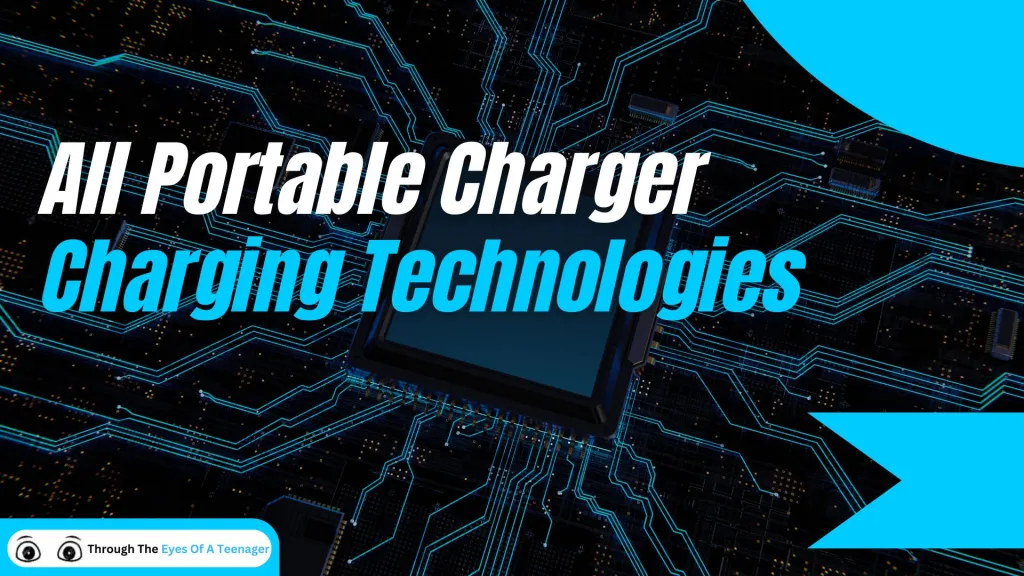
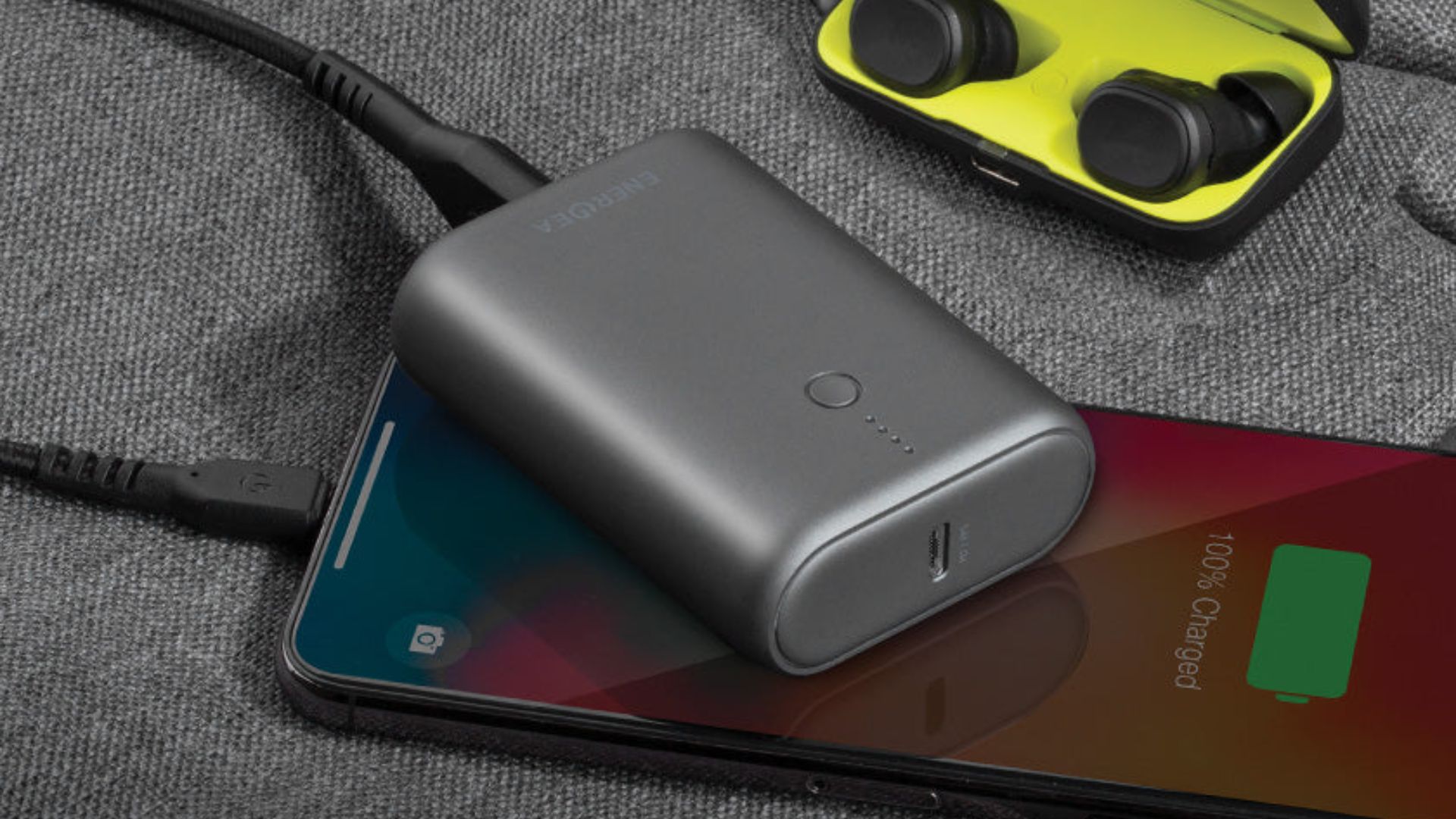
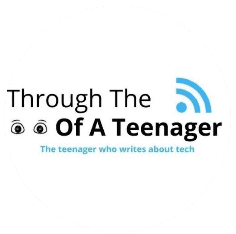
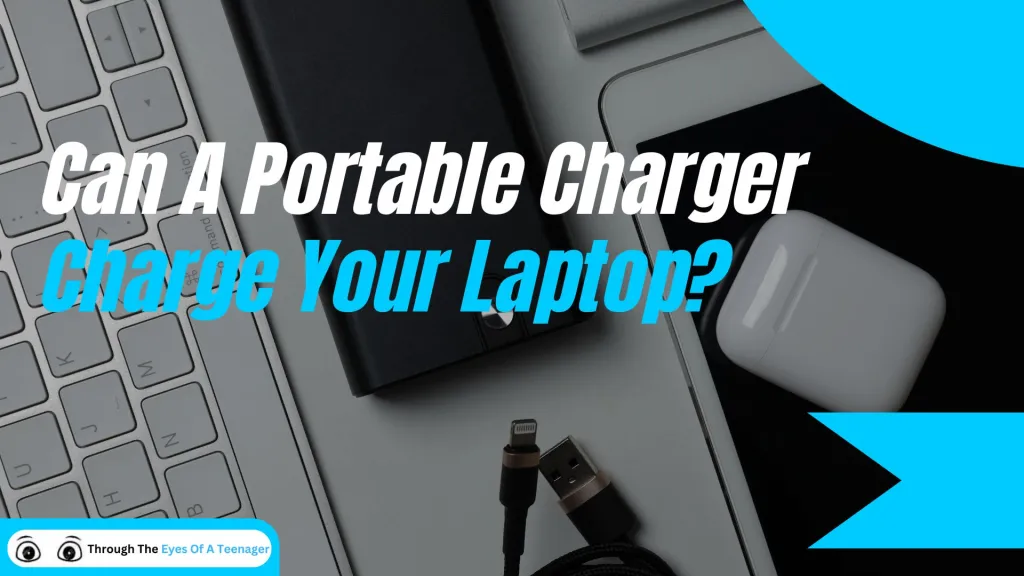
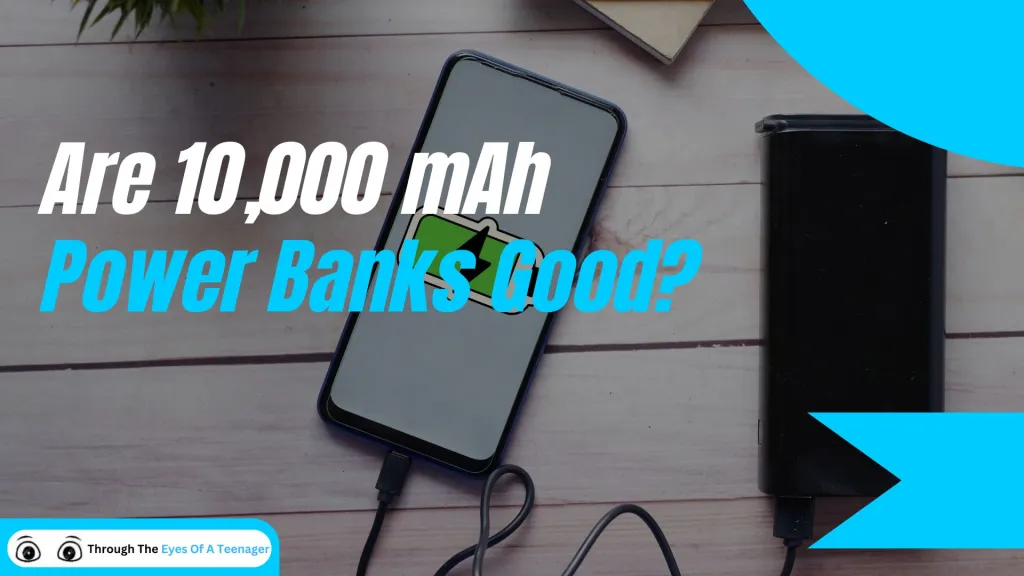
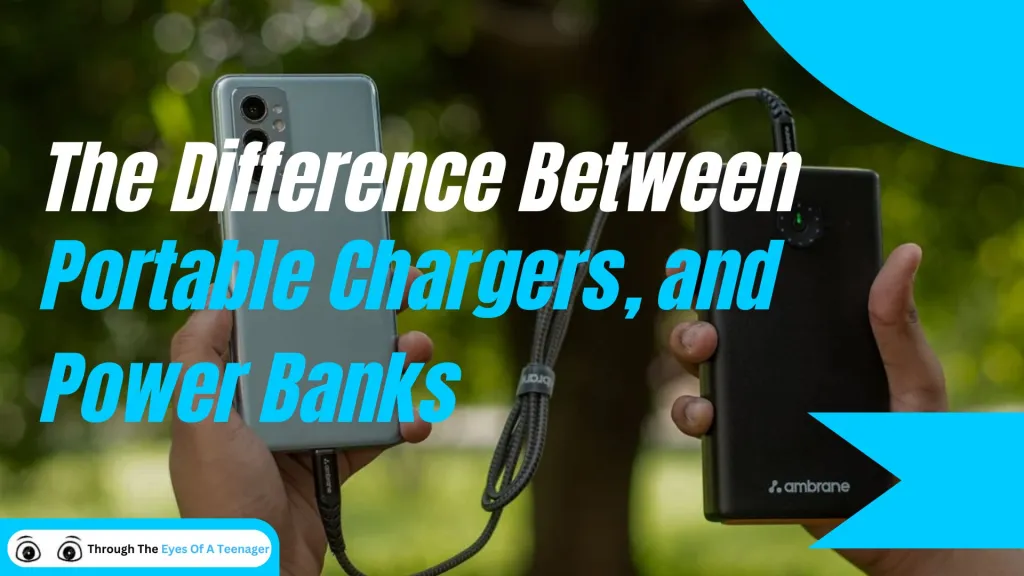
What is GaN Technology: A Complete Guide to Gallium Nitride Chargers
Discover how GaN technology is revolutionizing device charging in 2024. Learn about the benefits of Gallium Nitride chargers, from faster charging speeds to smaller sizes, and why they’re the future of power adapters.
50 Best Gadgets for Teens in 2024 Curated By a Teenager – Tech For Teenagers October
Discover the 50 coolest gadgets for teens in 2024, curated by a real teenager! From cutting-edge tech to practical tools, find the perfect gift or treat yourself. Click for the ultimate teen-approved gadget list!
Are Membrane Keyboards Good for Gaming? Pros, Cons, and Top Picks
Find out if membrane keyboards are good for gaming. Explore their pros, cons, and top recommendations for casual gamers.
How to Measure Your Monitor: Step-by-Step Guide
Discover how to choose the right monitor size for your desk setup. Learn practical tips, ideal viewing distances, and monitor sizes for productivity, gaming, and more.
2024 Teen Smartphone Ownership: Shocking Statistics Revealed!
Discover the latest statistics on teenage smartphone ownership in 2024. From usage trends to parental concerns, we’ve got the numbers that’ll make you think twice about that next phone upgrade!